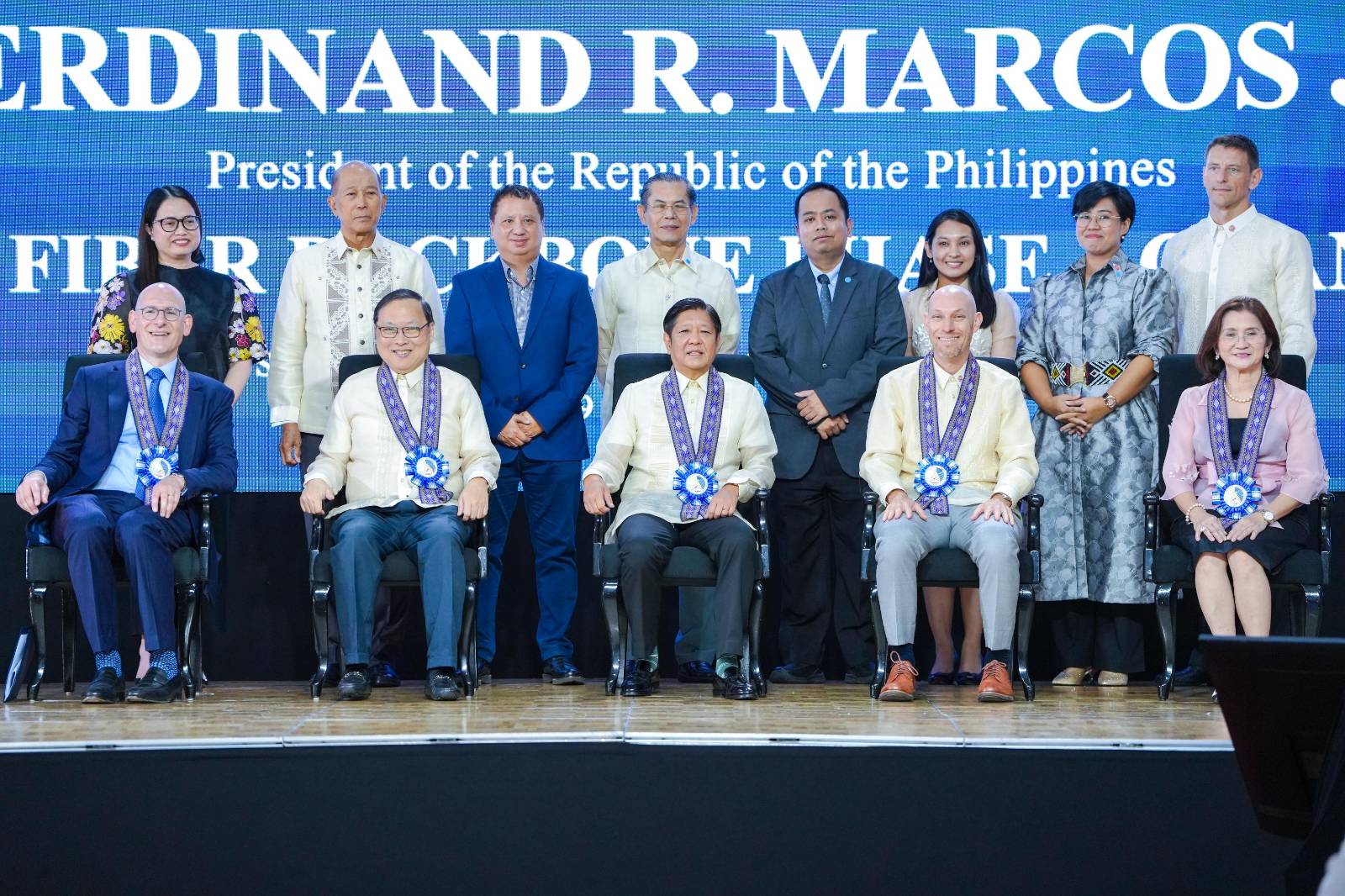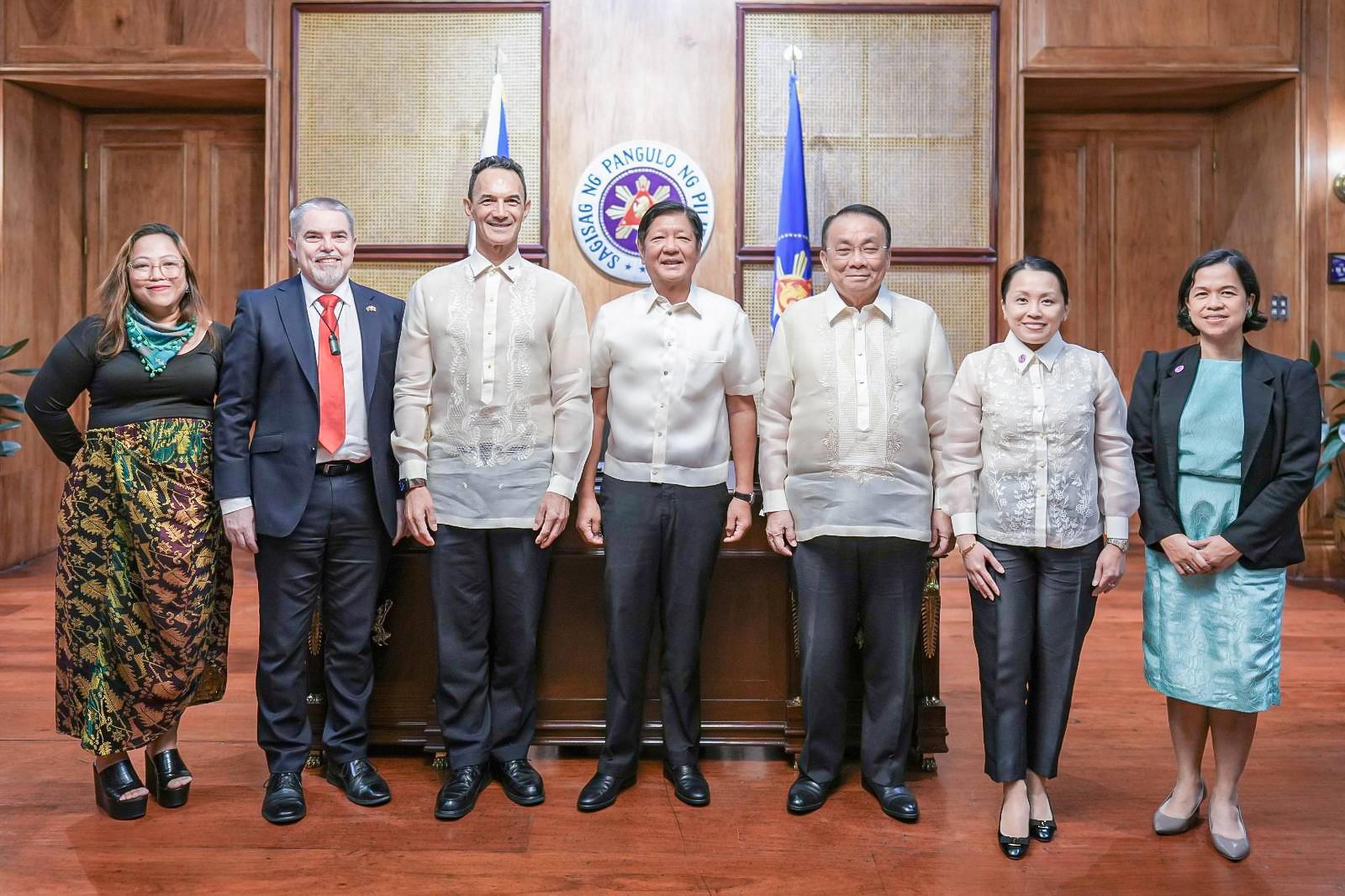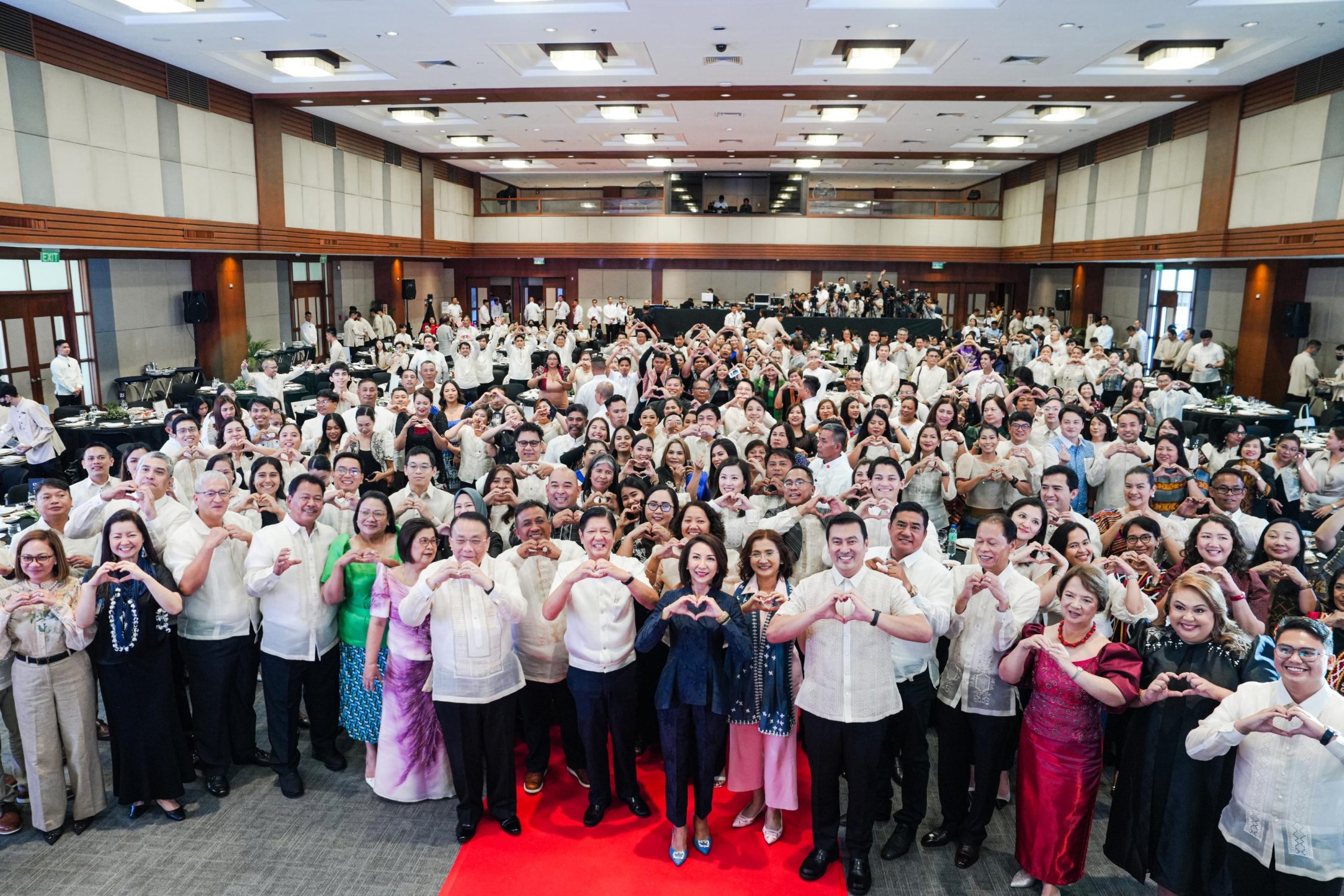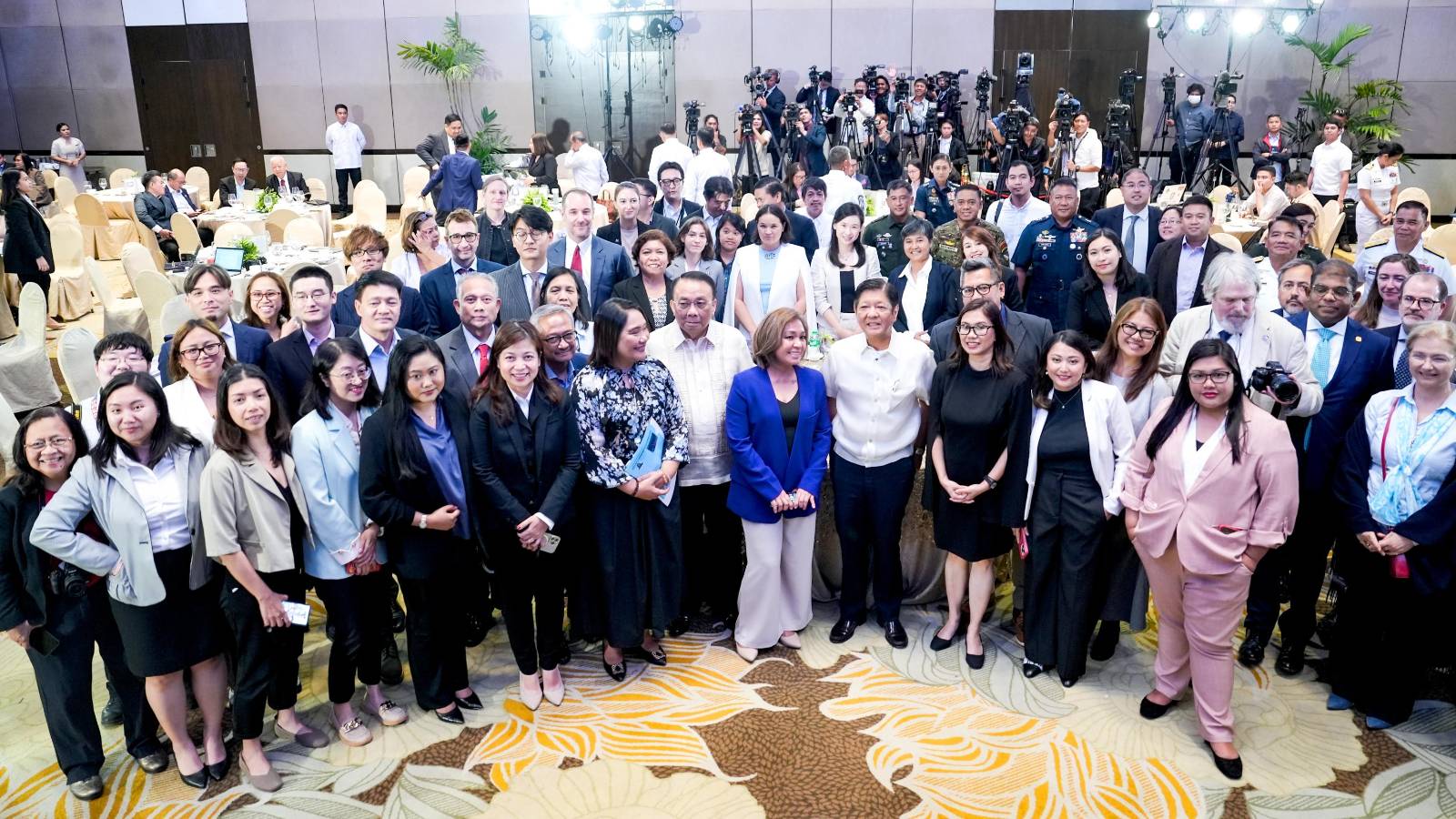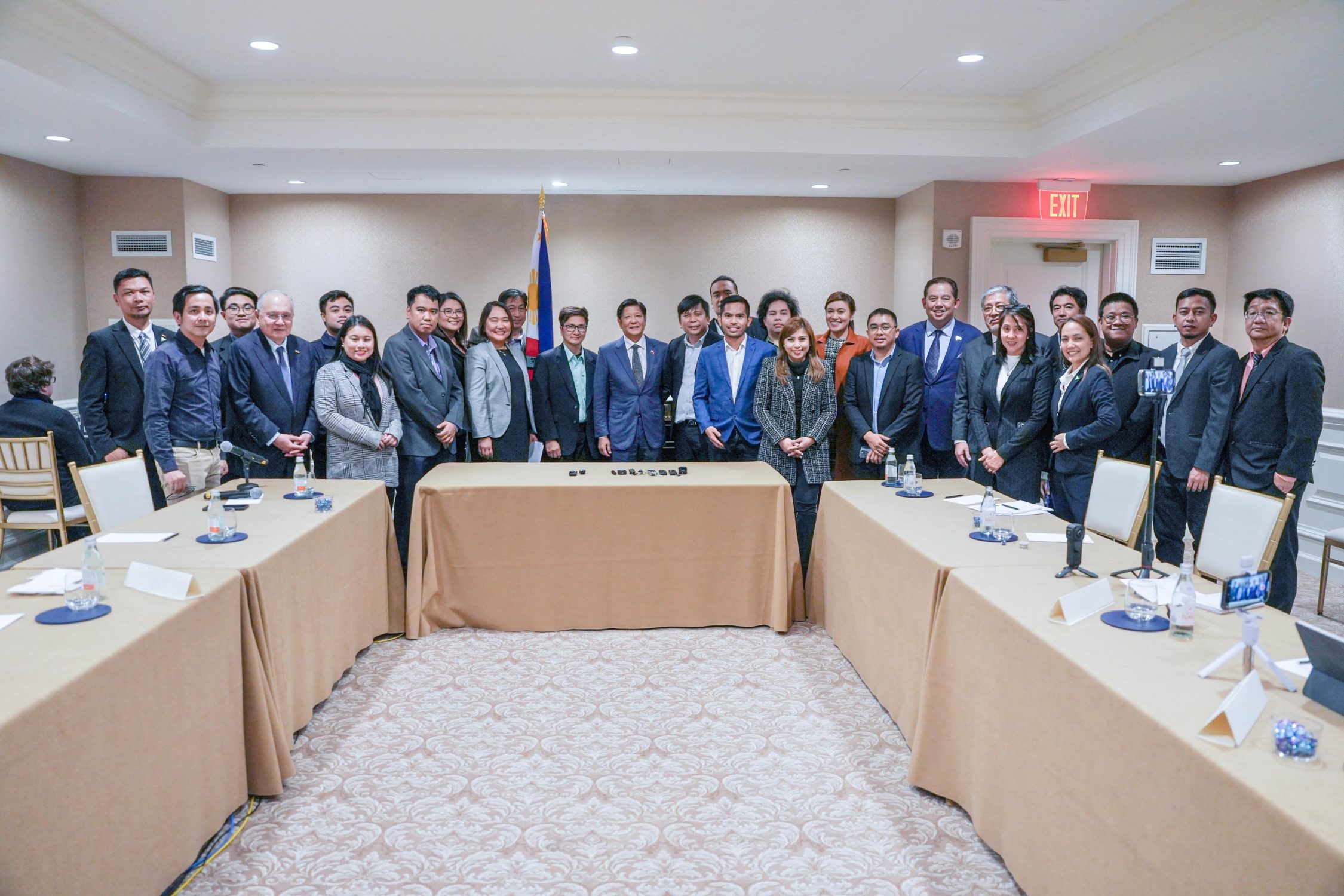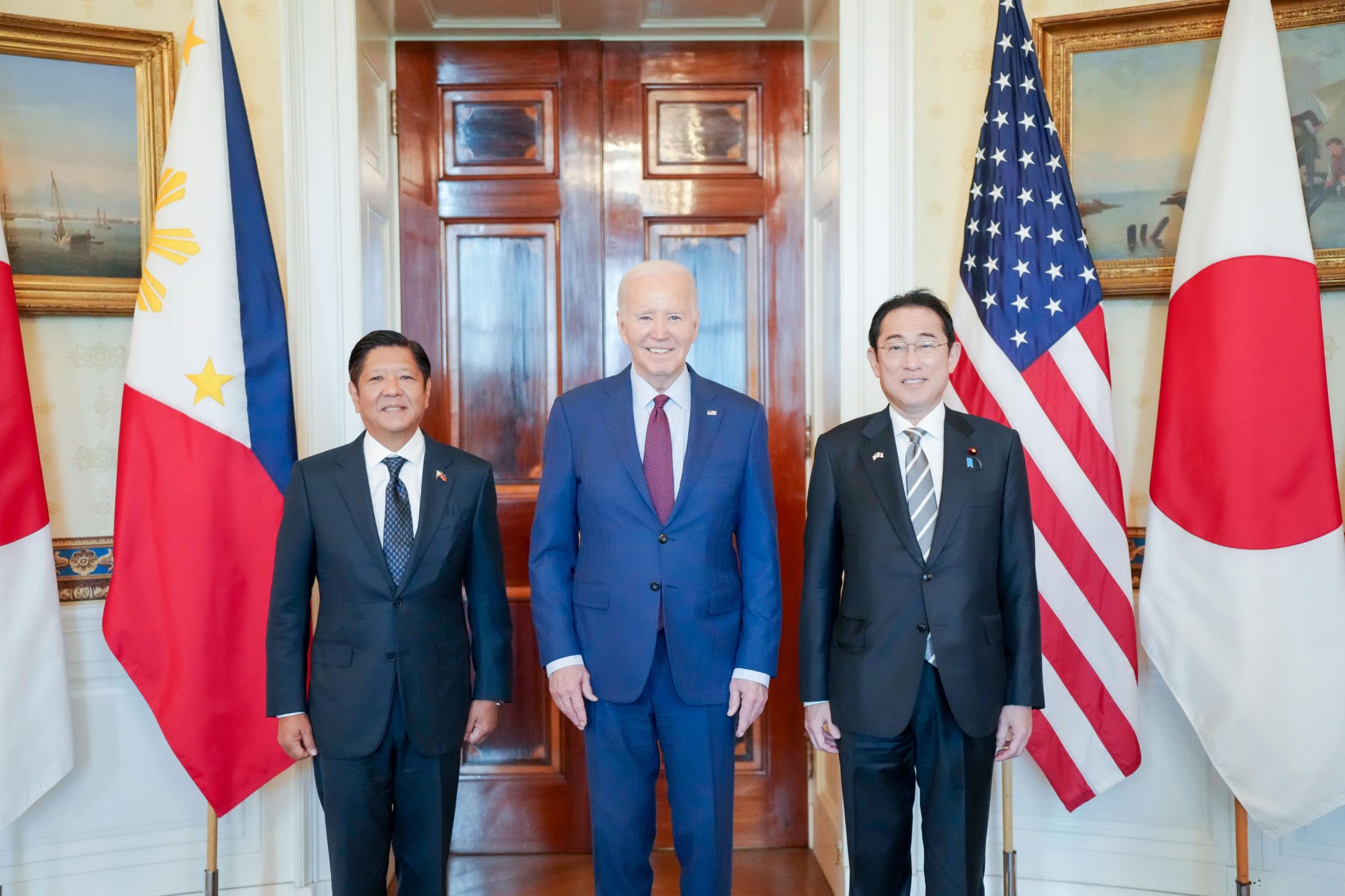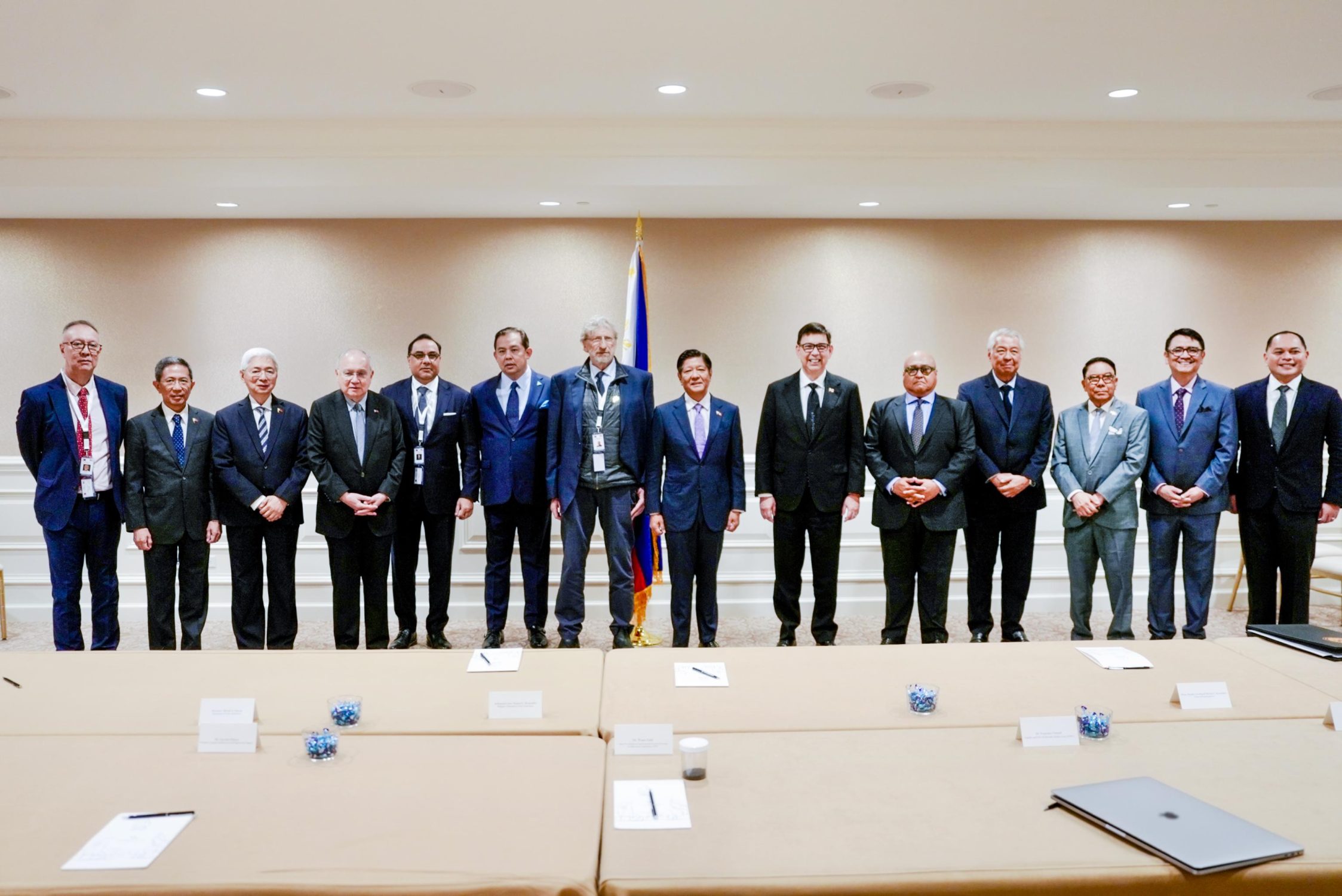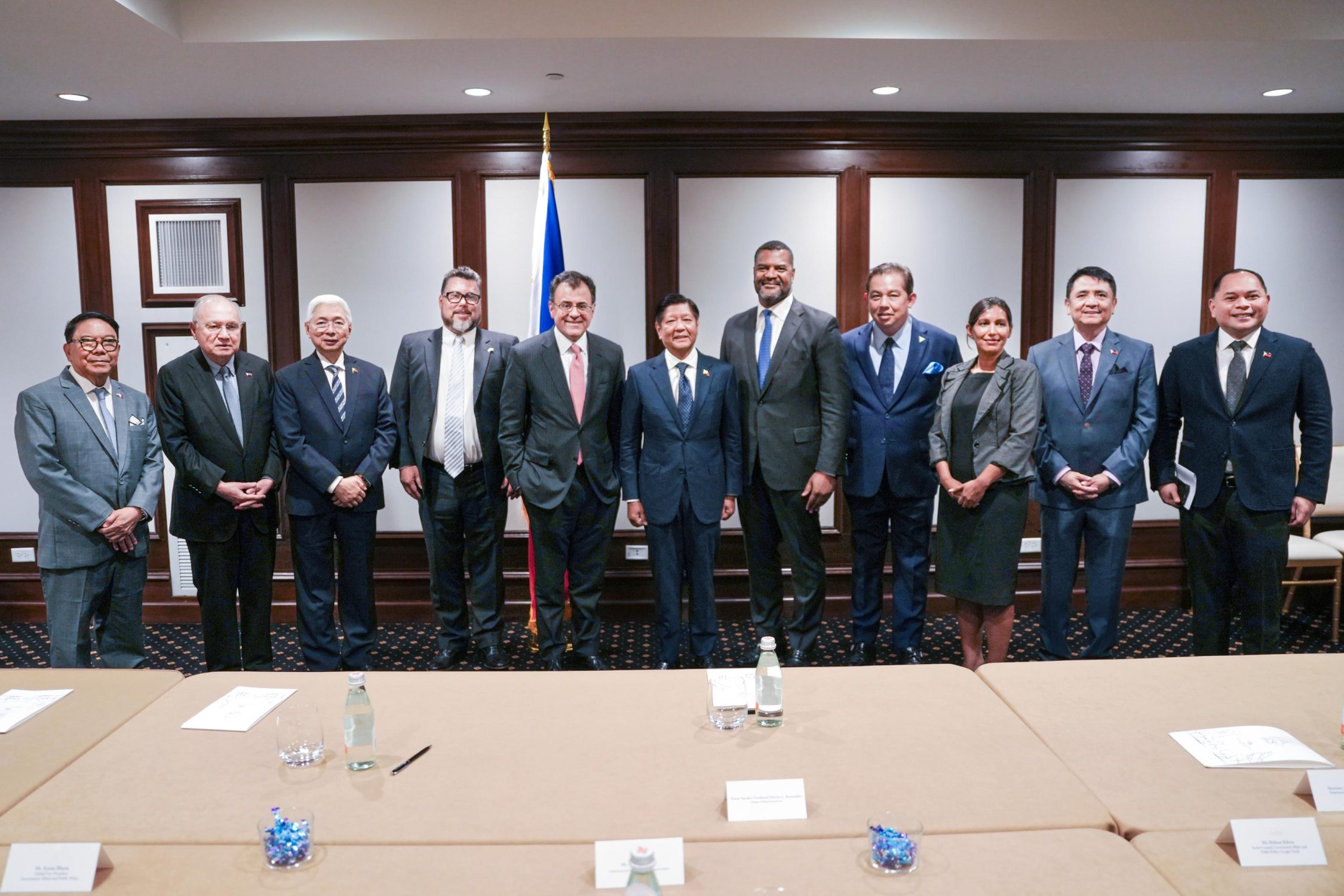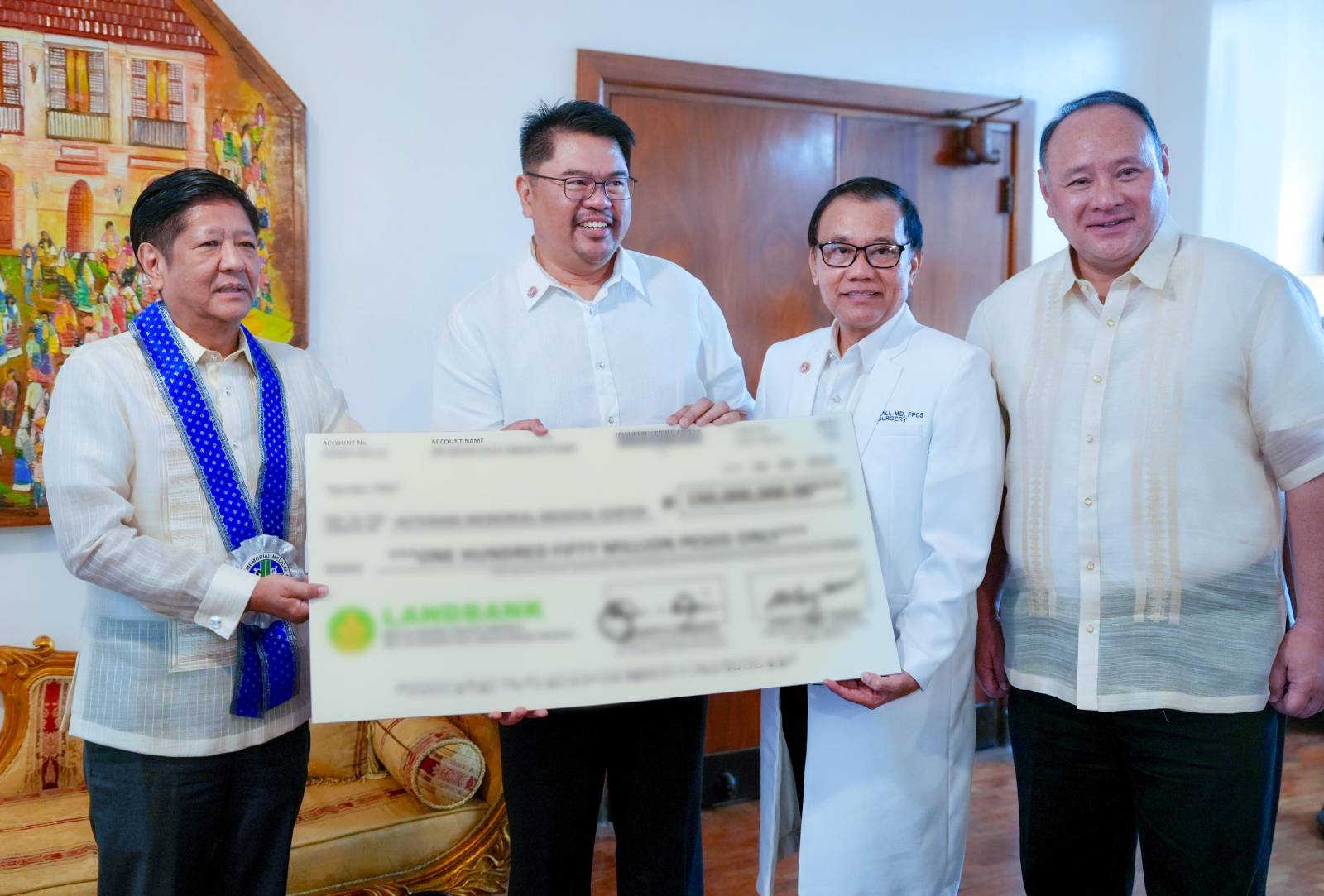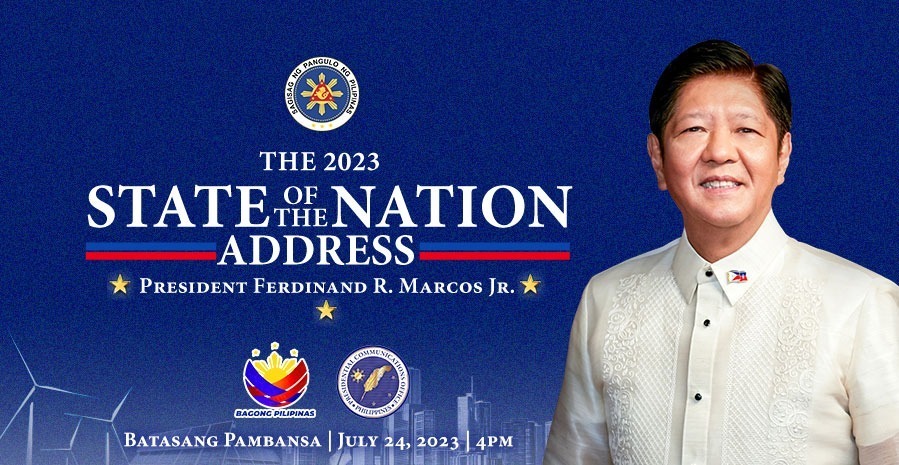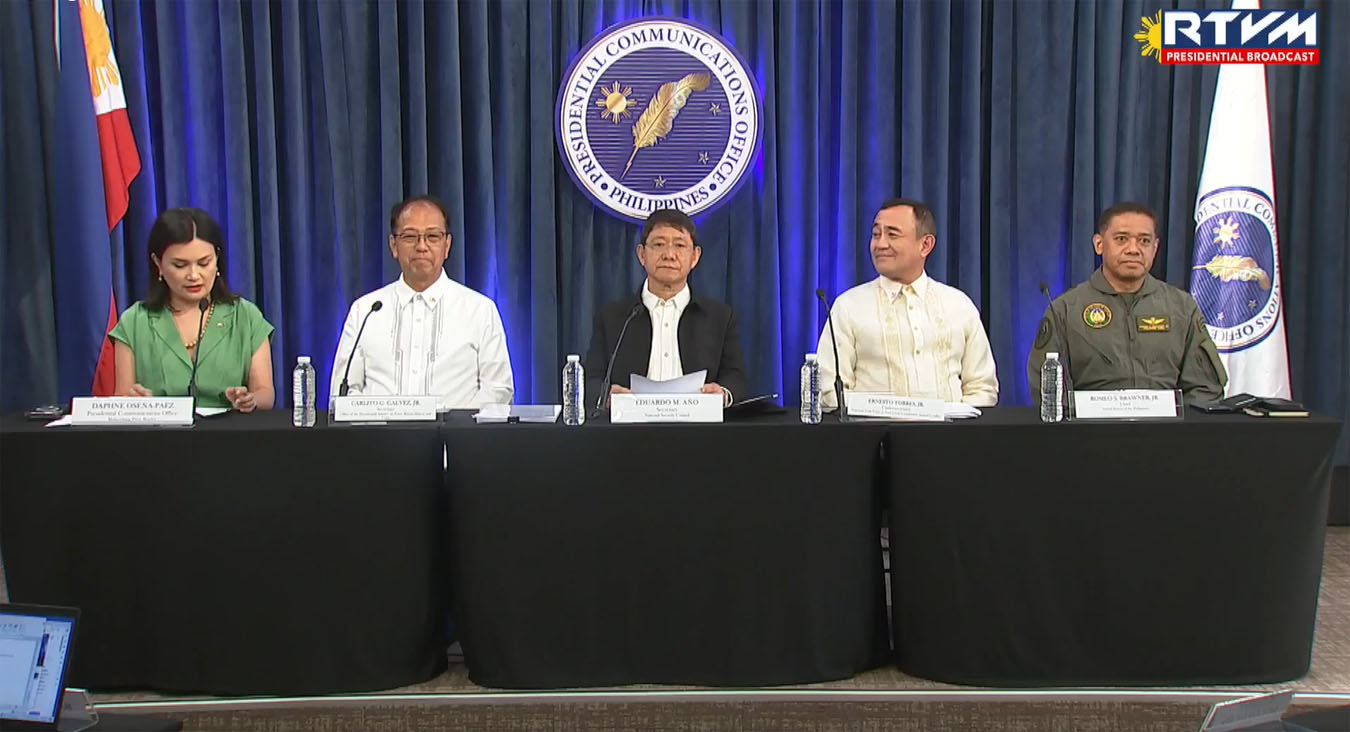April 19, 2016 – President Benigno S. Aquino III’s Speech at the Inauguration of the 59-Megawatt SacaSun Solar Power Plant
| President Benigno S. Aquino III’s Speech at the Inauguration of the 59-Megawatt SacaSun Solar Power Plant |
| San Carlos Ecozone, Barangay Punao, San Carlos City, Negros Occidental |
| 19 Apr 2016 |
| Parang nasabi na ho yata lahat ng dapat sabihin, pero yung pangalawang testimony natin, sana ho pag ako nakapag-asawa, kasing-productive po niyo ako. [Tawanan] Nakapag-ipon na rin ako ng konti.
Pero sa totoo lang po, kada dalaw ko sa Bacolod, tuwang-tuwa ako. Kagabi dumating kami galing sa airport ng Silay, tumuloy ng Bacolod City. Sa totoo lang, Manong Freddie, parang hindi ko na nakilala ang Bacolod, parang ibang-iba na talaga e. At napakain niya kami sa masarap na restaurant, ang ngalan ay “Enting’s.” Ang lugar, ang ngalan ay “Marketplace,” para kang nagpunta sa Bonifacio Global City na dati ay parang pinakasikat sa atin noong araw yung “Bob’s,” na parang panahon pa ng magulang ni Manong Freddie, “Bob’s” na siya. Ngayon ho, talagang ang lawak ng progresong inabot dito sa Bacolod. At gusto kong ipagdiinan—kanina noong nagpapasalamat sa akin si Manong Freddie, ako gusto ko naman po magpasalamat kay Governor Mariñon, ito pong napakahusay na partner. Sa airport ho, noong unang itinayo yung Silay airport, sabi ko, “Medyo magulo yata yung kalsada papunta’t paalis ng airport. Baka kailangan natin lagyan.” Sagot sa akin ni Manong Freddie, “Okay na po yan, may pondo kami. Aayusin na namin yan.” Yung ibang lugar ho kasi, maski may pondo sila, pag natanong ko nang ganoon, sasabihin sa akin, “Oo nga ho, wala kaming pondo. Baka gusto niyong dagdagan.” Kapag may partner ka tulad ni Manong Freddie na talagang nagtutulungan kayo ay talagang malayo ang nararating. Kaya kung puwede ho, palakpakan natin si Manong Freddie. [Palakpakan] Baka ito na raw last term na ho niya, baka pagkatapos ho noon, sasamahan na niya akong mag-ikot sa Pilipinas sa 2019. The Philippines has undergone a dramatic turnaround. From 2010 to 2015, our growth average was at 6.2 percent for the GDP—the fastest pace since the 1970’s, which we all know was a period of crony capitalism in the Philippines, and therefore not comparable to the economic growth we have now. Now, wherever we look, we can witness proof of this trend. One only needs to open the Sunday newspaper to the classified ads section to see all the workers needed by companies in the Philippines. Might I add: These are not simply menial jobs; companies are looking for skilled workers and amongst them engineers needed on an immediate basis. Indeed, during our time in office, we are surprised at the revival of manufacturing, with more companies setting up shop. These include the production of complex items, such as automobile parts and aircraft components, aortic catheters, smart electronic toothbrushes, and many other complicated technological equipment. The vibrancy can be seen here in Visayas as well. Yesterday, in Bacolod, I was surprised—I’m sorry for repeating myself—we ate at a restaurant called Enting’s in Marketplace, or in a venue called “Marketplace.” The venue, I was told, was less than a year old; the food, as always, was excellent, and there were so many people entertaining themselves and eating at this particular complex. I have been to Bacolod several times, but even I was surprised at the growth of business, as demonstrated by these new entertainment venues. Even from the airport, one could hardly recognize the transformation of your province. At some point, certain portions made me feel like I was actually in the Bonifacio Global City. Last year, we inaugurated the Negros First Cyber Center. To put it politely, it seemed as if they had acquired a dream location. Governor Marañon tells me that now, the locators are saying they need a second building already. There are more establishments now, so much so that it has reached a point where the city is worried about not having enough workers to maintain their growth momentum. Initially at the construction phases, but then now the line for putting in all of the workers in these establishments being established. I mention all of this because our progress hinges greatly on having enough energy. These days, electrical power is so essential to both our economy and to modern life. It facilitates commerce, helps us connect with our loved ones, and grants us the ability to maximize the number of hours in our days. Clearly, we recognize its immense value, which is also why we have been hard at work to bring electricity to every corner of the Philippines, particularly through our Sitio Electrification Program. Before we took office, every Filipino was told that all the barangays in our country had already been energized. Sometime in 2011, I was told that the definition then was if any portion of the barangay was connected to the national grid, then they said that the entire barangay had already been energized. It turns out, however, during an inventory of sitios in 2011, this was not the case. We found out that 32,441 remain without power. I am proud to announce that, as of March this year, through the combined efforts of Secretary Rene Almendras, Icot Petilla, and now Ivy Monsada, we cleared that backlog, thanks to the hard work of the men and women at the Department of Energy and the National Electrification Administration. There are still some remote sitios that will be energized by means of renewable energy, given the impracticality of attaching them to the national grid. We target to complete those by the end of June, this year. Of course, as our nation moves forward, the challenge for us is to have enough reasonably priced dependable power supplies, balancing the goals of fulfilling the growth potential of our country, uplifting the lives of our countrymen, and protecting our environment. I am proud to say that through the able leadership in the Department of Energy, we have risen to this challenge. Over the course of our term, we have commissioned a total of 3,262 MW in installed capacity in 70 power plants, 38 of which—or better than 50 percent—are renewable. For Visayas, specifically, we were able to increase the region’s dependable capacity by more than 900 MW—from around 1,300 MW in 2010 to 2,228 MW at present. There is another 5,404 MW in the pipeline through 60 incoming committed projects, 42 of which are renewable. Indeed, one can really see our commitment to mitigating climate change, especially since the percentage of renewables in our energy mix has remained relatively high, at 33.9 percent. Not to mention: While we are still exploring how to minimize prices and ease the burden of our people, the cost of energy has stayed at a reasonable level. The solar plant we are inaugurating today is certainly a step in the right direction. It is yet another reason for us to be optimistic and confident about the future. I am told that this plant will help avoid 72,000 metric tonnes of carbon dioxide emissions per year. And this is apart from the basic benefits of such a project. While we have a current energy surplus in Visayas, it is imperative for us to react and prepare for future economic growth, and this plant offers an estimated additional 59 megawatts of capacity to the ever-growing Visayas region. I am also told that, since the Visayas and Luzon grids have already been interconnected, these grids can be improved and can easily source from your grid should there be a shortage in supply. There is likewise Aboitiz’s 68-MW run-of-river power plant in Bukidnon, which is also expected to start commercial operations this year. Indeed, for your confidence in our people and our nation, your companies have my gratitude, as well as that of the Filipino people. It is such a welcome development to see that solar is becoming more prevalent and affordable, and our administration’s hope is that even more companies follow in your footsteps. This hope is reflected in how we have helped pave the way for you to invest here, in the form of competitive economic incentives. Investors in renewable energy development receive a 7-year income tax holiday, 10-year duty free importation of renewable energy machinery, and Feed-in-Tariff rates, amongst many others. Of course, Congressman Umali is here, chair of the Energy Committee in the House. If there are other concerns, he is the person to talk to to amend the necessary laws. Through such measures, we are confident that, with the growing number of believers from the private sector, we can truly achieve our goal of increasing our renewable energy-based capacity to 15,304 MW by 2030. And I am certain that, as we welcome even more advances in renewables, we can minimize our reliance on fossil fuels, increase the share of renewables, all without jeopardizing the price structure. Ladies and gentlemen: I only have 72 days remaining in office, and I will certainly miss attending landmark inaugurations such as this one. Rest assured, however, that I am no less optimistic about our future as a nation, because we have reliable, well-meaning partners in you, and, more importantly, because I am confident that our people will not let our gains go to waste, and will choose to continue treading the Straight Path. I am hopeful that, even as I step down, Aboitiz can remain the consistent partner and continue its trend of working with government, investing in the Filipino, and helping shape a better future for mankind; and I am likewise hopeful that our productive partnership can set an enduring framework by which sectors public and private converge to build a nation that we can be proud to bequeath to the next generation. Thank you. Good day. |



